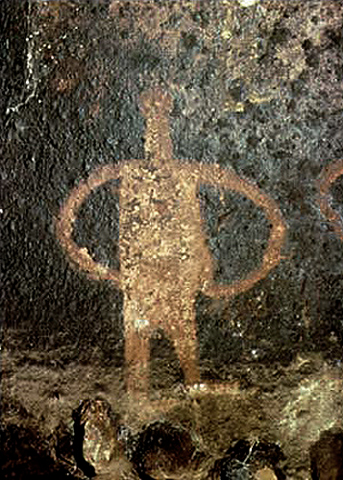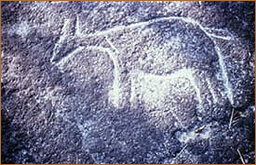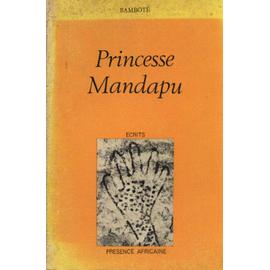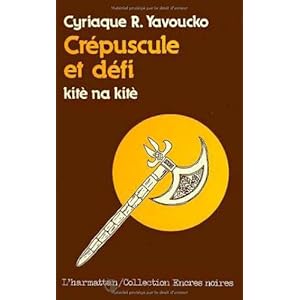One of the most prolific styles of folk art from
the Central African Republic is that of rock art. Most of the rocks used for these drawings are in sandstone,
a generally soft stone. It’s
spread throughout the country, but there are large finds in the northern,
western, and southern regions. And
the style varies by region as well.
In the north, the figures are anthropomorphic (a
fancy word meaning having human characteristics) representations and are
generally white, black, and red in color.
One characteristic of these drawings is the “pot handle arms,” where the
arm is drawn like a giant curve from the shoulder to the waist, mimicking the
handle on a pot.
In the south, the animals most used in their
drawings are the antelope, birds, and felines. A lot of the figures are shown throwing spears and knifes
and tend to be more geometrically and angularly drawn.
I read that there is a unique site near Bwale where
the anthropomorphic figures are drawn with guns. Umm, really? So, unless these particular drawings are the
missing links of various alien conspiracy stories, or these drawings are a
whole lot newer than the others.
Only a few writers have emerged to the notoriety. Pierre Makombo Bamboté was the first
writer from the CAR to be published in 1962. He is an accomplished poet and
novelist, and short story writer, most known for his work Princesse Mandapu.
Étienne Goyémidé is another poet who also wrote a
number of plays and novels. He wrote his first novel (Le Silence de la Forêt) about the way of life of the pygmies. A year later, his second novel debuted,
called Le Dernier Survivant de la Carivane, was written about the external and
inner battles between the people and the slave traders.
Blaise N’Djehoya is a writer, journalist, and a
filmmaker who makes documentaries. He was born in Bangui to Cameroonian parents
but currently resides in Paris.
Cyriaque Robert Yavoucko is most known for his
novel Crépuscule et Défi: Kité na Kité (1979).
There’s not a lot of biographical information out there. He either had worked
or currently works at the University of Bangui. I tried to find him on the university’s website, but the
site is under construction. It’s the only university in the CAR as of 2006.
Up next:
music and dance





No comments:
Post a Comment